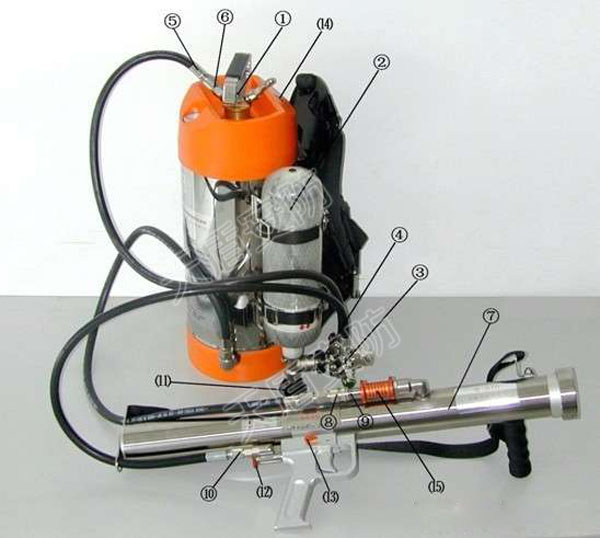
Shandong Security & Rescue Equipment Manufacturing Co., Ltd



Summary All fire extinguishers are required to be supplied with some basic operating instructions already on them.If you are the person in charge of your workplace premises, then...
All fire extinguishers are required to be supplied with some basic operating instructions already on them. Before you even think about trying to put a fire out with a portable appliance, however, there are a few things that require some consideration. If you are the person in charge of your workplace premises, then you will have a responsibility under the law to ensure that all staff are properly trained in what to do in the event of a fire.
Depending on your situation, your staff may or may not be required to operate fire extinguisher, but this is something which should be specified in your Emergency Plan and communicated clearly to all staff. In the UK, it is the Regulatory Reform (Fire Safety) Order which places this duty on employers and specifically on the so-called ''''Responsible Person''''. If your staff are expected to use portable fire extinguishers to tackle fires then you need to ensure that they have all been properly trained and are competent to do so.
If you are confronted by a fire, there are some simple guidelines which should help you decide whether you should attempt to use a fire extinguisher on it or not. These are important factors to bear in mind for your own safety.
If the fire is already large or well established, you should not attempt to fight it.
Always check your escape route first. Don''''t fight a fire if you do not have a clear way out and do not let the fire spread and prevent you getting to the escape route.
If the area is already full of smoke from the fire, do not try to put the fire out. This is too dangerous because smoke is highly poisonous and it could overcome you.
Try to avoid being left on your own to fight a fire. Have someone else with you if you can, as this could be vital if you get into difficulties.
If the fire continues to spread despite your efforts, just leave it and evacuate.
You should not use an extinguisher if you have any doubt about what it is that is on fire. This is because all extinguishers are designed for certain classes of fire, and some fire can only be put out safely with a specialist extinguisher. A good example of how this could go seriously wrong would be if you were to use a water extinguisher on a fire involving electrical equipment. This could lead to an electric shock and very serious consequences.
Fire Extinguisher Operating Instructions:
The general operating instructions for most fire extinguishers rely on the same principles, and there is a commonly used way of remembering these basic steps. The acronym is ''''PASS'''', which stands for pull, aim, squeeze and sweep. Different types of fire require different extinguishers and slightly different approaches, but PASS is a good way of remembering a system that will work for the vast majority of common workplace fires. In a general office type environment, these instructions are perfectly valid for water, carbon dioxide, powder and foam fire extinguishers.
PASS The Fire Extinguisher Instructions
PULL the pin out of the fire extinguisher, to make it ready for use.
AIM the hose, nozzle, horn, etc at the base of the fire from about eight feet away.
SQUEEZE the nozzle to activate the extinguisher and eject the contents.
SWEEP the hose from side to side over the base of the fire.
These are only very basic instructions. If staff are required to operate extinguishers, they should be given proper training and allowed to actually use an extinguisher as part of the training. This is the only way to ensure that they will have the confidence and knowledge to take the proper action in an emergency.
